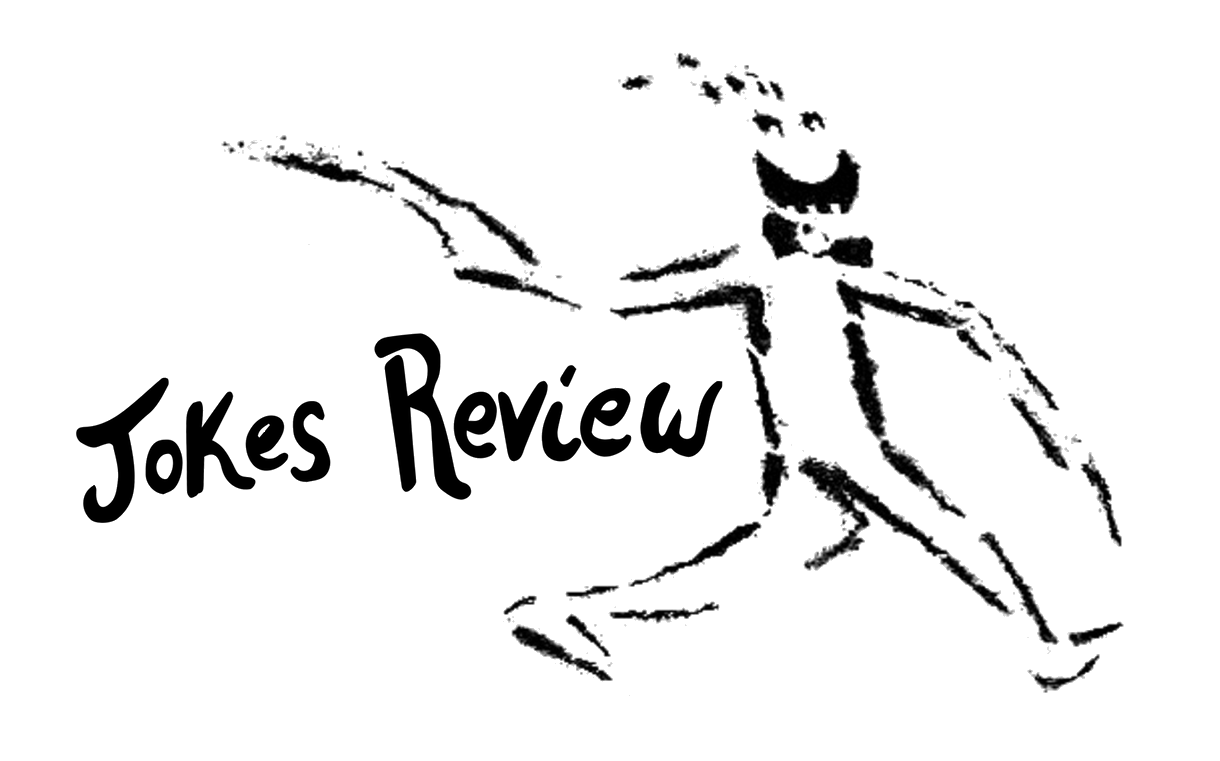A Psychosexual Socialist Analysis of
The Wizard of Oz
by William Kitcher
In the last issue of International Film Analysis Quarterly, there were some pretty ridiculous comments made about The Wizard of Oz. The writer, who travels under the nom de fume of Mrs. Margaret Rejection, made the comment that the film was merely a children's fantasy. Quite obviously, this alleged woman suffers from serious psychosssssexual problems.
The Wizard of Oz is, of course, a typical Freudian melodrama. The Scarecrow, the Tin Man, and the Cowardly Lion obviously represent the id, the ego, and the superego. Or, they quite obviously represent faith, hope, and charity. Or... but I digress.
The dog's name is the androgynous-sounding Toto, from the Latin, "in toto," meaning "all together." Dorothy feels that Toto is the bond that keeps her life glued together. Indeed, Dorothy risks her safety not once, but twice for the mangy little mutt, the second time at the end of the film when Dorothy is in the basket of the balloon - the balloon a large testicular-shaped object and the basket a square box containing an old man, a young girl, and a farmyard pet. It is there that Toto chases after a cat. Feline-female. The connection is transparent. The first time Dorothy risks her safety for Toto is even more significant. As Dorothy flees from the clutches of the evil schoolteacher Miss Gulch, she is set upon by a tornado, first of the many phallic symbols within the film.
The Wicked Witch is, of course, Miss Gulch, a symbol of repressed lesbianism as many observers have pointed out, but lesser known is the idea that witch rhymes with bitch, which clearly refers to Auntie Em, who seems to be more angry than concerned when seen in the crystal ball calling for the missing Dorothy.
Auntie Em and Uncle Henry have small but crucial parts. Why is there no mention of Dorothy's parents? Did she actually have parents, or has she repressed these memories? No. Auntie Em and Uncle Henry are her real parents, two old people unable to come to terms with a pregnancy late in life. The name "Em" is the letter "M", which stands for Mother. Henry is a reference to the spike-driving John Henry, a mere step from John Thomas, a British expression for a penis, which undoubtedly L. Frank Baum would have known, and which he uses as a symbol for fatherhood.
It is pointed out that the Wicked Witch of the East is bad but the Wicked Witch of the West is worse - a damning indictment of western capitalism if there ever was one. It is also emphasized that the witches are sisters, two sides of the same coin if you will, a clear reference to the symbiosis between authoritarian communism and capitalism. One cannot survive without the other. So as soon as the Witch of the East is dead, it is clear that the Witch of the West will die also, a lesson for our times. In the end, Dorothy's trust in her friends and family is what saves her, a clear arrow toward the future, which is libertarian socialism.
Other elements are clearly Freudian - the munchkins represent the child Dorothy wants to be, small but aggressive, with a funny voice. The Emerald City is a phallic symbol, as is the Wizard, as are the Lion's tail, the Tin Man's oilcan, and the post on which the Scarecrow is mounted, etc. etc. The fork in the road is clearly a woman opening her legs for the virginal Dorothy.
Glinda the Good Witch remains an enigma. Why doesn't she help Dorothy throughout the film when she can obviously come and go as she pleases? Is she representative of capitalist governments, in that she arrives in a bubble (a womb reference) and solves the problem at the end, deus ex machina? On this, I am not certain. Glinda could merely be the wish fulfillment of a hopeful capitalist. Considering his previous nods at promoting communism however, the author is clearly a very confused man.
Dorothy spelled backwards is "Yhtorod." "Eat a rod"? Think about it.
And finally, we all know what a flying monkey represents.
The conclusion that I think we can all take from this is that my mother rubbed me too hard when she was bathing me at the age of 10.
Bill’s stories, plays, and comedy sketches have been published and/or produced in Canada, the U.S., Holland, India, Ireland, and the U.K. He has a story forthcoming in an Australian magazine, so is now up to 4 continents, and he’s frantically submitting to Guyana Quarterly and the Nairobi Literary Journal to reach 6. He’s also hoping to crowdfund for penguin literacy so he can make inroads into Antarctica.


